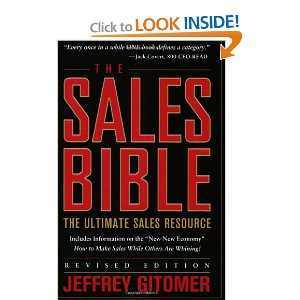There are Classic Bad Products, such as “New Coke” and “Ben-Gay Aspirin”. There are also horribly bad Tech Products, such as “RealPlayer” and “SoftRAM”. There are few things they have in common:They often “borrow” from another brand (Brand/Line extension), such as Ben-Gay Aspririn.
- They often “do not perform as advertised”, or are otherwise misleading such as SoftRam
- They sometimes are just so annoying to use and so invasive that they are not worth the hassle, such as RealPlayer.
- Often, they are all 3!
So, can you market a bad product?
Can you get someone to buy it???
Yes. All you have to do is figure out “who” the product is really meant for… and a ‘fair’ price for the product delivered (not dreamed).
Is it ethical? Yes. You have to change the price (to what is truly delivered), and you have to choose the market (to those that actually need a solution), and if yo do those two things, and make a sale, it is fair.
Can you make a lot of money? Probably not. Depending on how bad the product is, you will have to narrow the market to be quite small and reduce the price to where it may not make money (and may actually cost you money to sell it).
How do you market a bad product? You tell the truth. Be what you are. Know who you are for. And HIDE NOTHING.
Ironically, some people may find that refreshing and buy your product anyways… certainly if you can “find the niche” that the product has some use for.
- New Coke.
- this is a ‘brand extension’… and uses the new coke brand…. unfortunately Coke tried to make “ALL MARKET” accept this as a brand replacement. (Bad Idea!)
- As a brand extension though, New Coke, could have been marketed beside “Coke” as a different flavor, a flavor targeted at younger folks, or targeted at Pepsi lovers.
- Given that kind of target market, it might have found a niche.
- Microsoft Zune.
- Microsoft COULD have carved out a DIFFERENT target market or audience with Zune. E.g. perhaps Zune was an MP3 Player for Senior Citizens?
- Ironically, marketed like that you might have charged “more” for the Zune.
- SoftRAM.
- Yes, it mislead folks about that it was… but… it also kinda-worked!
- SoftRAM could have priced itself as a $0.99 utility to tweak Windows.
- They might have sold Millions! (and not been the target of FTC investigations).
- The could have targeted people with extra HD capacity…. or perhaps Housewives… or ‘old PC owners’….
- Being HONEST about what they are and are not would have been key
So, my top list of “Bad Products”… here you go…
- Canned Chicken – It’s disgusting. I am not in the target market.
- Windows Mouse – It was terrible, and required a driver install. Utter fail. Not worth the price.
- Thin Black Socks – They are uncomfortable and do not last long. Hate those socks (I’m not the target market)
- Playstation 3 – Horrible quality. Breaks so easy. Not worth the price.
That’s just a few…. but every one of those DOES have a market somewhere, and a price.
(you just may have to PAY ME to wear those thin black socks).









